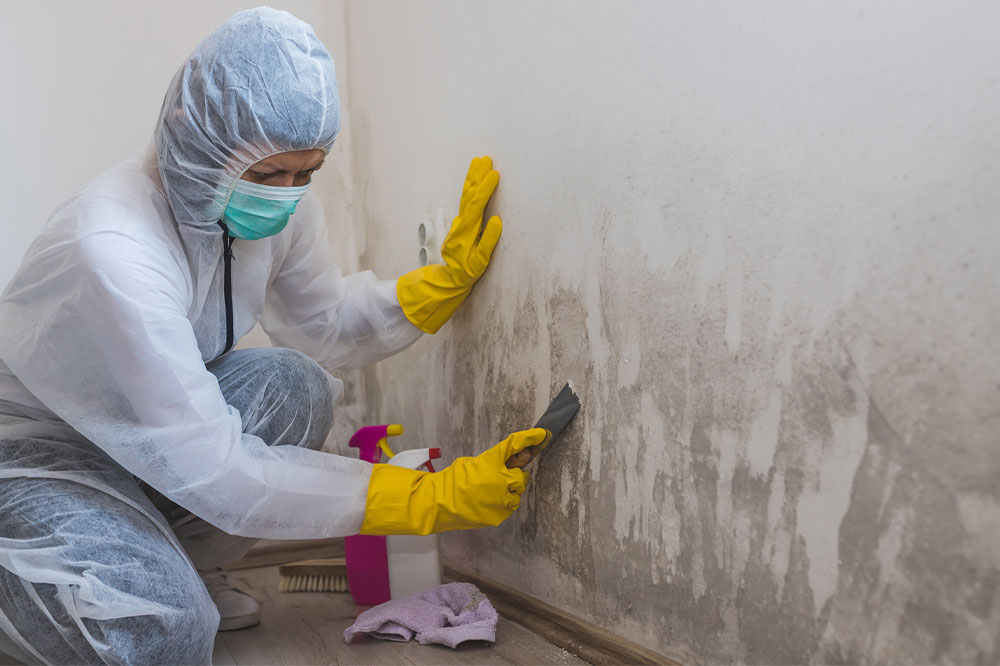5 facts to know about mold before hiring a mold removal expert

Mold requires excessive moisture and warmth to grow. And since it thrives on darkness, it’s usually found in corners of the house that aren’t well lit. The purpose of mold is to decompose the things it grows on. When it starts doing that to furniture and upholstery, it can cause a lot of trouble. Before you schedule a mold removal service, here are some facts about mold growth that you should know.
Mold appears long after it grows
If provided with the right living conditions, mold will grow in the house within a day or two. However, it isn’t visible to the naked eye at this stage. It will only be noticed when it has already damaged a significant portion and caused structural harm to the property. That’s because these microorganisms grow silently behind leaky appliances, within the walls, in insulation, or throughout HVAC systems. So, to save the trouble of going through mold removal from a large part of the house, it’s necessary to pay attention to these hidden corners and check for signs.
Mold signifies water damage
Mold growth is a telltale sign of water damage. If any place in the house emits a musty smell or has visible mold patches, it might be time to get things checked. The problem could be due to a leaky pipe or appliance or even poor ventilation. Whatever the reason, mold removal should be planned and executed in time. If left untreated, the fungi might start damaging a larger surface area and the health of the residents.
Mold can cause varied health issues
It has been proven time and again that mold can seriously hamper our health and wellness. If mold removal isn’t done correctly or in time, it can lead to mold allergy, stuffy nose, watery eyes, skin rashes, breathing problems, asthma, and other respiratory illnesses. Black mold, in particular, can lead to circulatory and vascular problems. People can even be genetically sensitive to mold and suffer from a condition known as chronic inflammatory response syndrome (CIRS). Unfortunately, mold-related illnesses are hard to detect as there aren’t any proven ways to tell how or when a person was exposed to mold.
Insurance may not cover mold removal
This is a tricky part of the mold removal process. Some insurance policies specify that they won’t cover the costs no matter the reason of mold origin. It means the homeowner will have to shell out the money for the same. On the other hand, a few policies cover mold removal charges based on the reason of occurrence. For instance, if a water leak, pipe burst, and/or accidental overflow of water or steam from the plumbing line is the cause, the insurance company will pay for mold removal. This is because the issue that caused the problem in the first place is covered by the insurance policy.
Mold formation is preventable
These days, mold removal has become a common task on most homeowners’ to-do lists. This is partly due to the lack of proper ventilation and the energy-efficient design of modern buildings. The insulation and narrow space make it difficult to maintain water systems and keep mold away. But it’s not impossible. To prevent mold growth, individuals should ensure low humidity in their houses by opening the windows, turning on the fans, and even adding mold-inhibitor compounds to the paint before getting the house painted.

